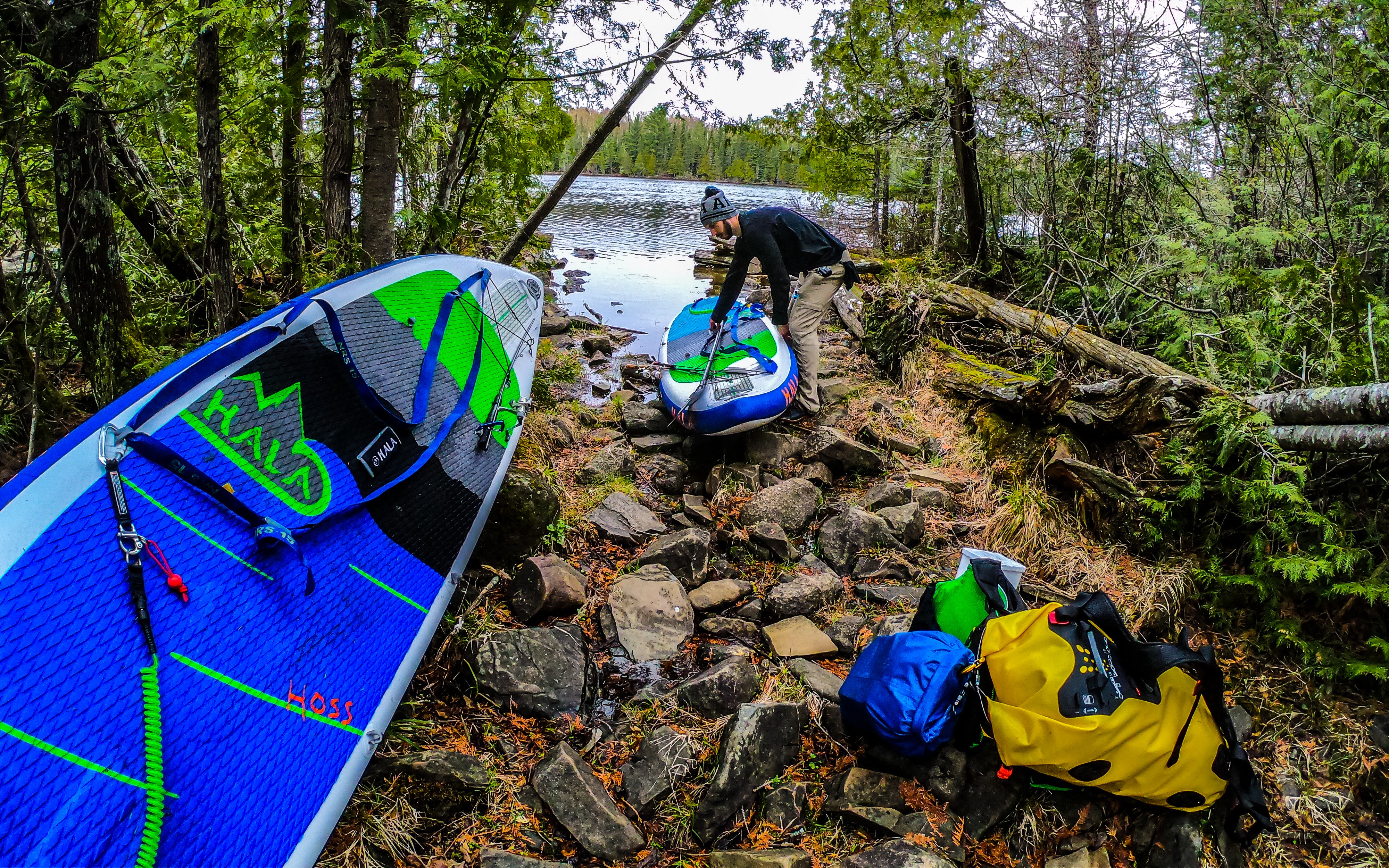
Which Inflatable SUP is Right for Me?
Lake paddleboards, river paddleboards, surf paddleboards, and ocean paddleboards – there are so many options to choose from! Hala Gear has some helpful tips on what to consider when buying a new stand up paddleboard.
Need help ASAP and don't feel like reading? That's cool, just take our 3-minute SUP-finder quiz here or text SUP to 833-205-3347 and our customer service team can help you!
Carbon Straight Up, Carbon Hoss, Hoss, Straight Up – Four SUP boards, two lineups, two shapes.
Understanding the differences between a Straight Up and a Carbon Hoss is much simpler than it seems. Team Rider Pete Rozeboom is here to provide some background on the differences and similarities between all 4 boards, and how to choose the right inflatable paddleboard for you.

While I tend to be biased towards the Carbon boards (more on that later), I've clocked hundreds of paddles on all of these boards – including multi-day river trips, like the massive adventure I took paddling through the Boundary Waters.
My first response to the question "Which board should I get" is another question: “Well, what kind of riding are you looking to do the most?"
The follow-up question to that is "Do you want to do any multi-day or overnight trips with your board?"
The follow up to the follow-up question is then: "What is your paddling experience?”
Finally, the conversation rounds out with the world's most boring topic: their height.
Jokes aside, answer these four questions are necessary for determining what board is right for you. Let’s break these questions and boards down a bit more.
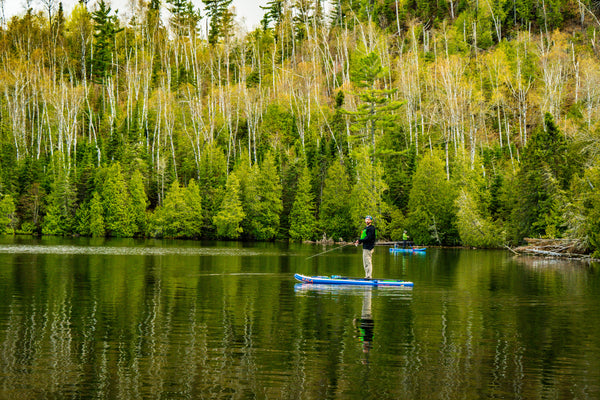
What kind of riding are you looking to do?
- Flatwater/lake cruising & general recreation
- Flatwater/lake racing
- Fishing
- Yoga
- Ocean touring
- Ocean surfing
- Whitewater/river runs
- Whitewater/river surfing
These are the general use categories for stand up paddleboards. Hala is a brand that designs boards to perform the best in each of these categories.
For example, the Fame is Hala's fishing SUP. The Asana is Hala's Yoga SUP. The Carbon Nass-T is perfect for flatwater/lake racing, while the Hala Peno is a compact little river surfer (river surfing is a real thing and very cool!)
 |
 |
Fishing SUP |
Yoga SUP |
Ok, so where does that put the Hoss and the Straight Up?
Great question. Hala defines the Hoss and the Straight Up paddleboards as "all-around SUPs."
All-around means that these boards are pretty good at just about anything, but they don't excel in any one general use category.
The Hoss and the Straight Up are definitely and primarily flatwater/lake cruising boards, but they offer more recreational versatility than Hala's Nass boards.
 |
 |
All-Around SUP |
Race SUP |
Hala's Hoss and Straight Up boards can be used on Class I-II river floats (see here for a description of whitewater Class definitions). These boards can also be used for yoga, for fishing, or ocean touring.
Do you want to do any multi-day or overnight trips with your board?
Gear capacity is always a concern for anyone wanting to do longer trips or fish off of their SUP. You don't want to load everything on to the nose of the board and have it your weight distribution feel "off." Solution? Hala's Carbon line.
Hala's Carbon technology is a patented construction that makes inflatables (yes, the Carbon boards inflate) exceptionally rigid. Carbon boards can handle the extra weight while still remaining, literally, stiff as a board.
That's not to say that you can't load weight onto a All-Water board. All 4 boards – the Straight Up, the Carbon Straight Up, the Hoss, and the Carbon Hoss – feature 10 soft, centralized rigging points and can handle up to 350 lbs.
The Carbon boards simply feel much stiffer compared to the All-Water line.
 |
 |
All-Water SUP |
Carbon SUP |
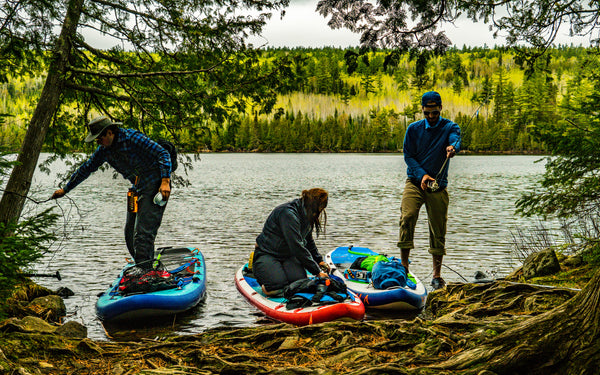
What is your paddling experience?
Generally, beginners tend to favor the All-Water line. They are more affordable compared to the Carbon line.
The All-Water boards are leaner, and meaner, and therefore a little easier for beginners to maneuver as well. Hala's Carbon technology adds about 3 lbs to each board.
Beginners also tend to favor wider boards. Width provides stability and provides more room to find your center.
An important fact to note here is that Hala's All-Water AND Carbon boards include a paddle in the package. These are great SUP bundles for anyone who is excited about SUPing.
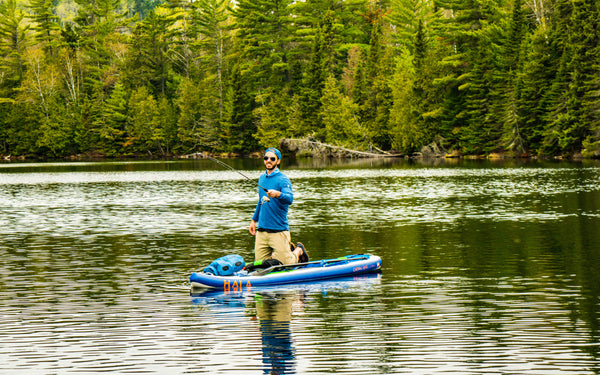
What's your height and weight?
Height matters when deciding what SUP board is right for you. It's fairly simple and obvious: larger people should paddle larger boards, and shorter people should paddle shorter boards.
Taller people tend to feel more stable on wider boards, and shorter people are able to maneuver shorter (in both length and width) boards easier.
Larger boards have more opportunities for weight distribution, which will prevent the board from "sinking." into the water.
 |
 |
Hoss |
Straight Up |
Now that we got the basics down, let's tie it all together:
Straight Ups are awesome all-around boards for smaller paddlers, say paddlers under 6’ tall and/or 200lbs. I have a buddy 6’4” at 236lbs and you can tell the board is just to small for him, most of the side rail is underwater when he is on it loaded up with gear. Then, when someone like myself 5’6” at 175lbs or smaller hops on, it looks like it fits like a glove.
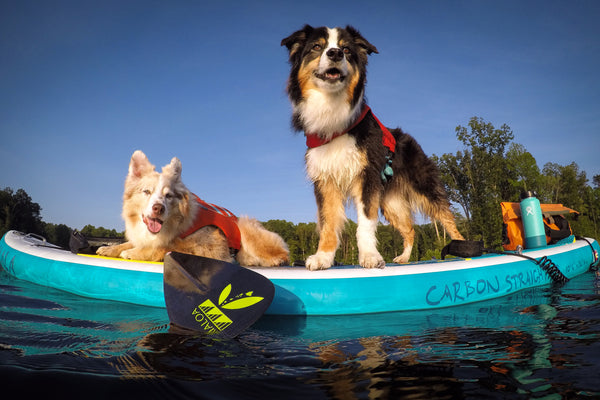
Straight Ups are also fantastic for shorter distant paddles, hiking it in, little gear, or looking to save some space rolled up.
Due to its smaller size, this board takes less time and effort to inflate. It is still able to handle rivers (flat and whitewater) and tracks pretty well on lakes. Paired with a long center fin, this board becomes awesome at tracking and increases the stability while you're paddling.
The shorter length makes the Straight Up super easy to maneuver and easier to carry around for shorter folks. This is the board I put almost every first-timer on, since they can handle the shorter length a lot easier. It just hits that sweet spot shape and size-wise to be very versatile, which people love!
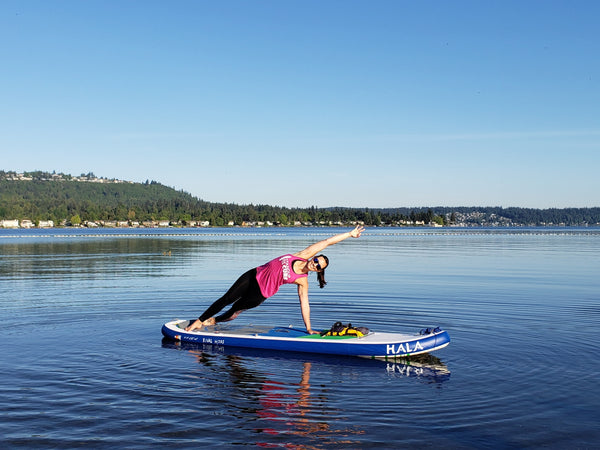
The Hoss boards can handle bigger paddlers and more gear. This board has expedition capability written all over it. The Hoss is 10’10” x 35” x 6” with volume displacement at 368L and Carbon Hoss is 11’ x 33” x 6” with a little less volume displacement of 311L.
Smaller paddlers can paddle a Hoss with ease, if they have some paddling experience. If you are smaller and the wind comes, you can easily drift away with bigger boards.
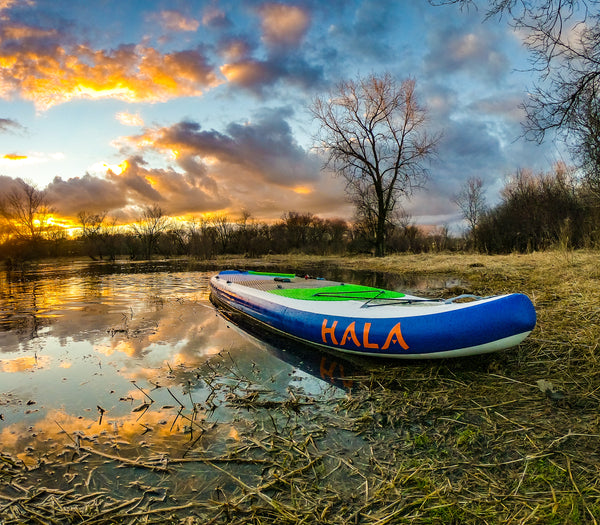
I run the Carbon Hoss all the time and love it! Given, I have years of experience paddling all sorts of boards, but my Carbon Hoss is my go-to board. I love how well it tracks, is stable, and really handles everything I throw at it.
I do a lot of multi-day trips so having a larger deck is key for all my gear. Even fully loaded, I am still left with room to walk around, fish off of, and knock out some yoga after a hard paddle.
I would take a Hoss over a Straight Up when doing longer and more challenging paddles. I just feel it tracks better and can handle bigger water (waves and wind) better than a Straight Up.
Quick SUP Reference Guide:
Paddler weight <200lbs and height <6’ choose Straight UpPaddler weight >200lbs and height >6’ choose Hoss |
Smaller paddler with no experience choose Straight UpSmaller paddler with moderate to lots of experience choose Hoss (unless small board preferred) |
Multi-Day trip with little gear choose Straight UpMulti-Day trip with >60lbs of gear and/or multiple gear bags choose Hoss |
Taking a dog, kid(s), or partner out on a paddle often choose Hoss |
Yoga either works just fine on both and provides their own added challenges to your poses |
All-Water Kits are less expensive.Carbon provides more performance, stiffer, high-grade materials, and has detachable side fins |
Pete Rozeboom is a Team Rider for Hala Gear. This was originally posted on May 1, 2020.

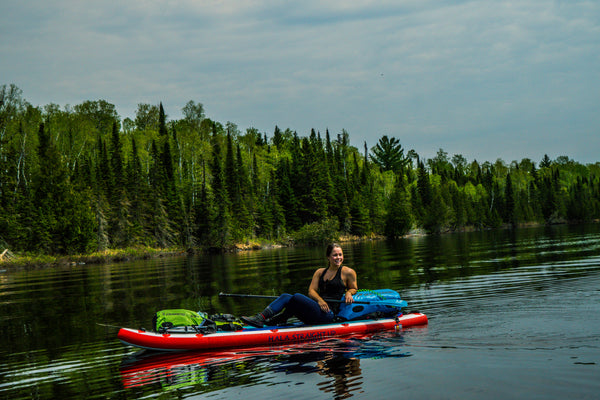
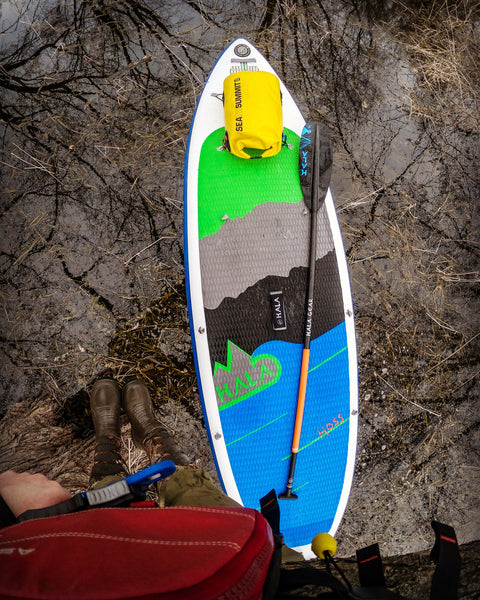
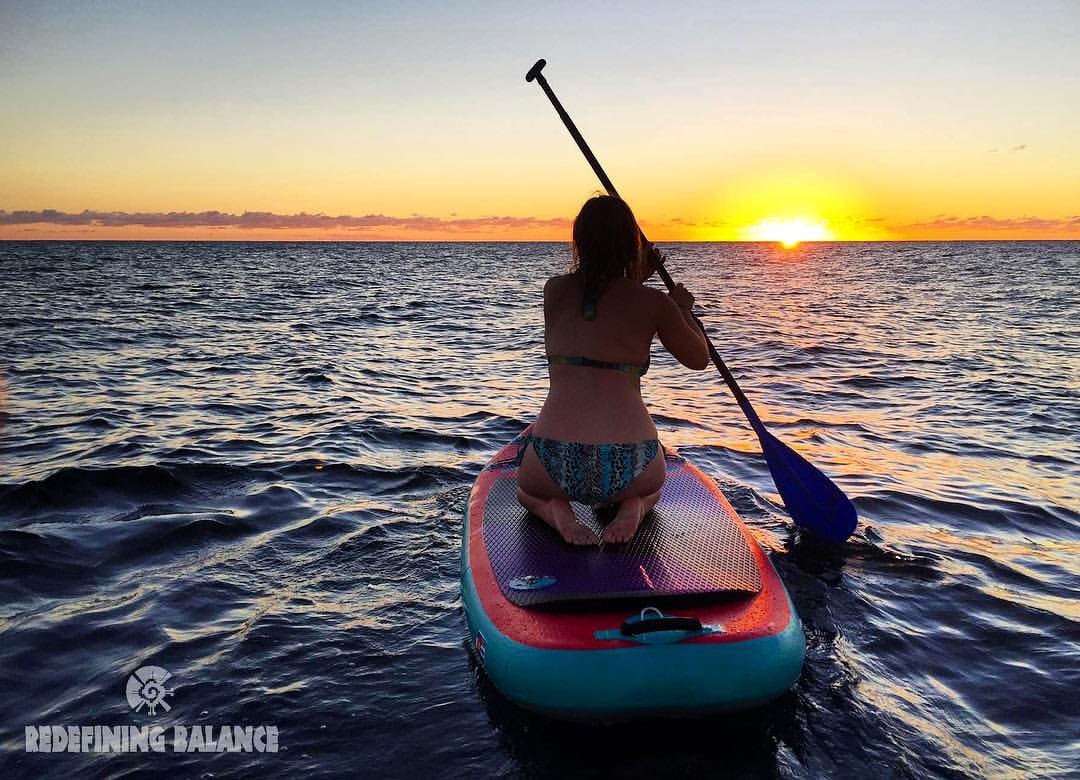
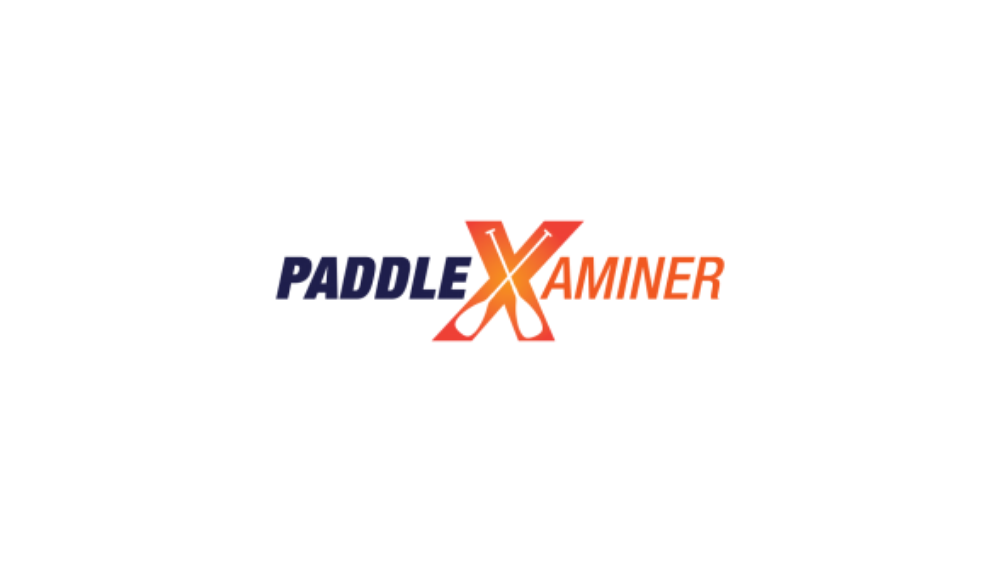
Leave a comment
This site is protected by hCaptcha and the hCaptcha Privacy Policy and Terms of Service apply.